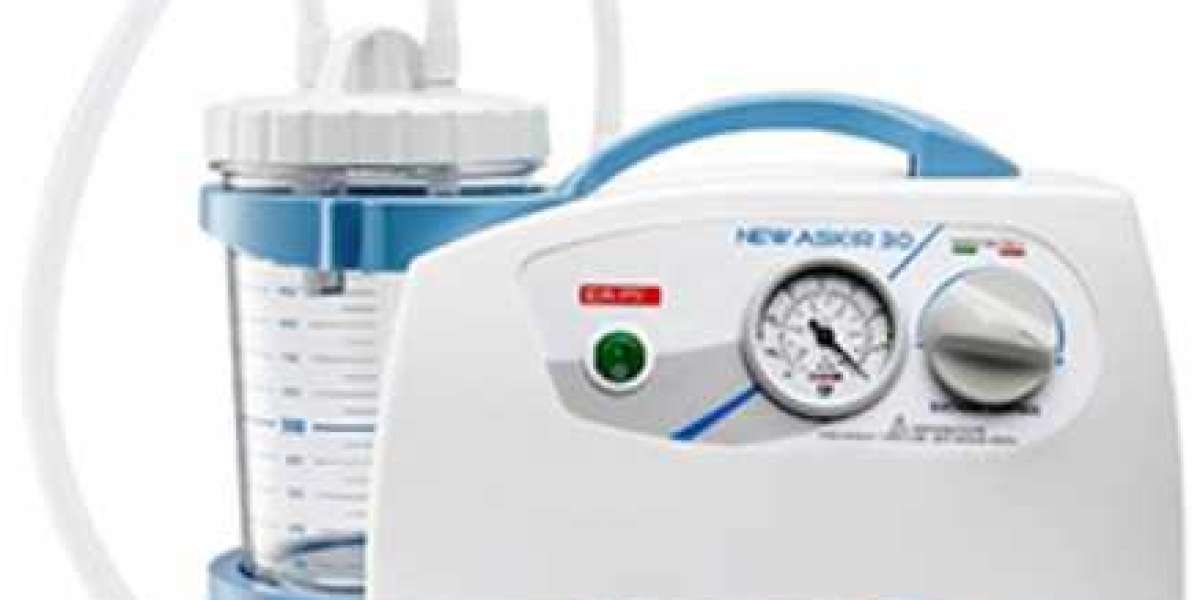Brushing, flossing, and regular dental cleanings are crucial for maintaining a healthy smile. But for some people, these basic habits aren’t enough. If you’re experiencing symptoms like bleeding gums or chronic bad breath, you might need more than just a routine cleaning — you might need a deep cleaning procedure known as scaling and root planing.
In this guide, we’ll break down the signs that indicate your gum health may be at risk and explain when it’s time to consider a more advanced treatment approach.
What Is Scaling and Root Planing?
Scaling and root planing is a non-surgical, deep-cleaning procedure designed to treat gum disease and restore oral health. It goes far beyond a standard dental cleaning by targeting the areas beneath the gumline where bacteria, plaque, and tartar can accumulate and cause damage.
Scaling involves removing plaque and hardened tartar (calculus) from below the gums, while root planing smooths the root surfaces to help the gums reattach and heal. This procedure is often performed under local anesthesia and may require more than one visit, depending on the severity of the gum disease.
If you’ve been searching for scaling and root planing near me, it’s likely that your dentist has already identified signs of periodontal issues that require immediate attention.
How Deep Cleaning Differs from Routine Cleaning
A routine cleaning — or prophylaxis — focuses on cleaning above the gumline. It’s preventive care for individuals with healthy teeth and gums. On the other hand, scaling and root planing is therapeutic, targeting gum pockets and removing infection-causing bacteria deep under the surface.
While regular cleanings are meant to maintain oral health, deep cleanings are designed to stop the progression of gum disease and prevent long-term damage, including bone loss and tooth loss.
Common Signs You May Need Scaling and Root Planing
Recognizing the signs early can help you avoid more serious complications. Here are the most common symptoms:
1. Bleeding Gums
If your gums bleed while brushing or flossing, it's often one of the first warning signs of gum inflammation or gingivitis. This could be an indication that bacteria have built up below the gumline.
2. Chronic Bad Breath
Persistent bad breath that doesn’t improve with brushing or mouthwash could mean that bacteria are festering in deep pockets between your teeth and gums.
3. Receding Gums
When your gums begin to pull away from your teeth, it exposes the roots and creates deeper pockets where plaque and tartar can hide. Scaling and root planing can help prevent further recession.
4. Loose or Shifting Teeth
Gum disease can damage the bone structure that supports your teeth, leading to looseness or changes in bite alignment.
5. Tartar Build-up Below the Gumline
If your dentist or hygienist notes visible tartar beneath your gums, a deep cleaning is often the only effective solution.
6. Swollen, Red, or Tender Gums
Inflamed gums that are painful to the touch or appear swollen and red are classic signs of gum infection and irritation.
What to Expect During Scaling and Root Planing
This deep cleaning procedure typically includes:
Local anesthesia to numb the area and keep you comfortable
Removal of plaque and tartar from the gum pockets using hand tools or ultrasonic instruments
Smoothing of the root surfaces to discourage future bacterial growth
Instructions for home care and follow-up visits for monitoring and maintenance
Your treatment may be divided into quadrants, completing one side of the mouth at a time. Healing time varies, but most patients experience noticeable improvement in gum health within a few weeks.
Risks of Delaying Treatment
Putting off scaling and root planing when it’s needed can lead to worsening gum disease. If left untreated, periodontitis may result in:
Chronic gum infections
Tooth mobility and eventual tooth loss
Irreversible bone damage
The need for more invasive procedures, like gum grafts or even dental implants
In severe cases, patients may need full tooth replacement solutions, such as a dental implant bridge, which can be far more costly and complex than preventive treatment.
How Your Dentist Determines If You Need Deep Cleaning
Your dental provider will look for signs like:
Bleeding during probing
Pockets deeper than 4mm between teeth and gums
Receding gums
X-rays that show bone loss
Based on these findings, your provider may recommend scaling and root planing or refer you to a specialist such as a periodontist for advanced care.
If you're unsure, consult a local Pearland dentist for a gum health evaluation and professional guidance tailored to your needs.
Aftercare and Maintenance
Following your scaling and root planing treatment, it’s important to maintain your oral hygiene to prevent reinfection. Tips include:
Use a soft-bristled toothbrush and brush twice daily
Floss daily to remove plaque from between teeth
Use an antimicrobial mouthwash as prescribed
Avoid smoking and limit sugar intake
Return for maintenance cleanings every 3–4 months, as recommended
Your gums will gradually reattach to the teeth, and inflammation should subside with proper care.
Can Scaling and Root Planing Be Prevented?
In many cases, yes! The best defense against gum disease is prevention. Here’s how to stay ahead:
Brush and floss daily
Maintain regular dental checkups and cleanings
Eat a balanced diet to support gum health
Address early signs of gingivitis before they progress
Avoid tobacco products
With consistent care, you can avoid deep cleaning procedures altogether.
Final Thoughts
If you’re noticing bleeding gums, bad breath, or gum recession, don’t wait — these may be warning signs that a regular cleaning isn’t enough. Scaling and root planing is a safe, effective way to treat early-stage gum disease and protect your oral health long-term.
Looking for a trusted provider? Start by searching scaling and root planing near me or schedule an appointment with a Pearland dentist to get the expert evaluation and care your smile deserves.














